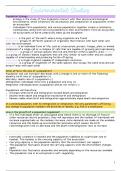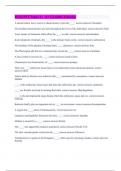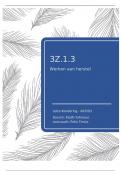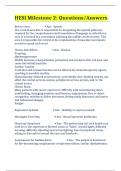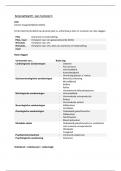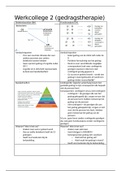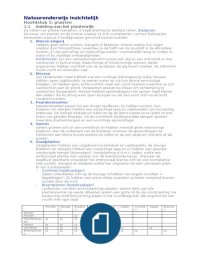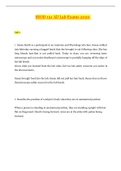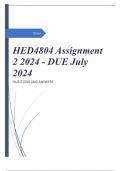Summary
Summary Environmental Studies IEB Biology
- Course
- Life Sciences
- Institution
- 12th Grade
Environmental Studies IEB Biology: This document on examines how organisms interact within ecosystems, focusing on factors influencing population size and methods for estimating it. It covers ecological niches, competition, and succession processes. It also discusses animal social organization and...
[Show more]
